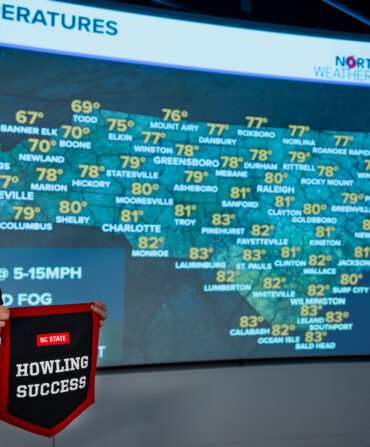GARDEN
Washington, D.C.
The Botanical States of America
Never before have purple crested irises from North Carolina, blazing orange butterfly weeds from Georgia, and pink and crimson begonias from Texas bloomed together as they do now—riotously—in the country’s capital. The Gardens across America exhibition (through October 1) at the United States Botanic Garden showcases miniature versions of the nation’s most beloved green spaces. “There are more than six hundred public gardens in the United States, and each tells a different story,” says Devin Dotson, an exhibits specialist. “We chose to spotlight twenty gardens through a combination of geographical diversity, diversity in size, and creativity.” Fifteen-by-twenty-foot replicas take visitors on a floral journey with stops for the Atlanta Botanical Garden’s carnivorous pink butterwort and white pitcher plants, which consume insects alive; the mass of azaleas planted over a tiny version of the iconic arching bridge at Charleston, South Carolina’s Magnolia Plantation and Gardens; and the goldenrod, banyan trees, and milkweed Thomas Edison and Henry Ford once grew for their twentieth-century rubber research at the Edison and Ford Winter Estates in Fort Myers, Florida. “Most gardens will highlight their designs, but we’re highlighting our function,” says Debbie Hughes, senior horticulturist at Edison and Ford. “I want people to see our display and know that plants have more of a purpose than being pretty.” (Although they’re still pretty.) True, a manicured plot beside the National Mall is a far cry from coastal Florida, but the tropical plants should thrive with a breath of cooler air, Hughes says: “Summer in D.C. is kind of like winter here.” usbg.gov
TOURNAMENT
Alabama
Domino Theory
Macky Barnes’s reputation precedes him. When the three-time World Championship Domino Tournament doubles winner walked into his most recent match, a fellow competitor greeted him with “Dang, Macky, I sure was hoping you weren’t going to be here.” Good-natured razzing is all part of the fun while playing the tiles game that most likely came to North America from the West Indies. Although playing dominoes is especially popular in Antigua, Cuba, and Jamaica, since 1976, the official worldwide tournament has taken place in Andalusia, a little railroad-stop town in southern Alabama. Now the local Rotary Club’s largest fund-raiser, it brings in $50,000 annually to support causes such as a camp for children with disabilities. Competitors and spectators have traveled to the Covington County Fairgrounds from as far away as England and have even included regional celebrities such as the late Bear Bryant, who competed a few times. This year, July 12 and 13, organizers expect a crowd of hundreds of spectators and competitors, including Barnes, a Booneville, Mississippi, native who has placed first or second seven times. His advice—or challenge—to competitors: “You better bring your A game and all the lucky charms you can fit in your pocket.” worldchampionshipdomino.com
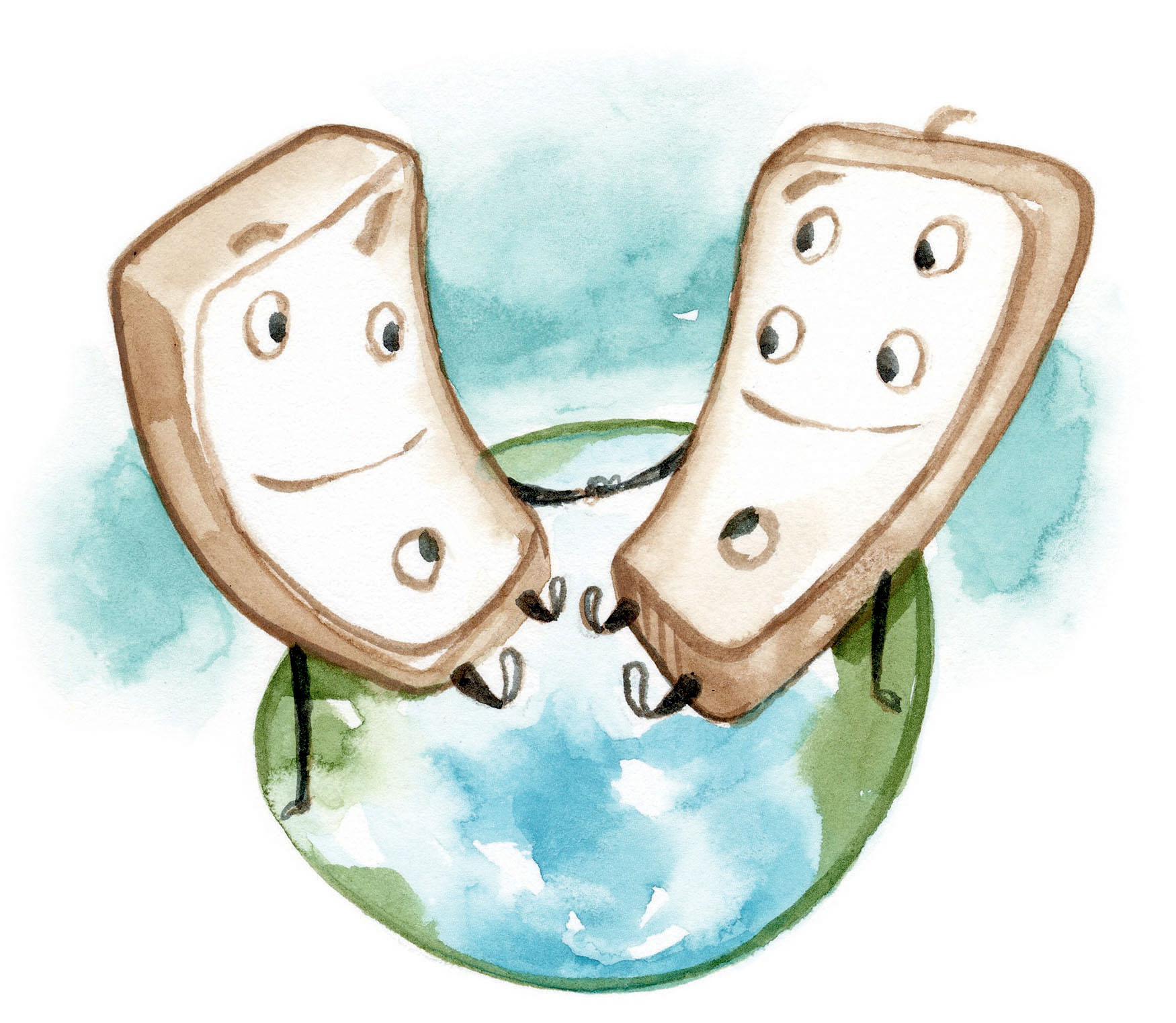
Tim Bower
DESTINATION
Arkansas
Hit Refresh
“Most small towns in America are either revitalizing or disappearing,” says Bob Tarren, who lives in tiny El Dorado, Arkansas. Tarren knows—he’s one of the leaders of the Murphy Arts District, an organization stirring a cultural renaissance for the former oil boomtown near the Louisiana border. With help from the city, the state, and the Walton Foundation, the initiative was also largely funded by the locally based Murphy Oil Corporation to improve its hometown’s arts scene and economic prospects. The first projects reached completion last year and included an outdoor amphitheater and an indoor concert hall that have already booked such musical titans as Jason Isbell and Smokey Robinson. Up next, the district is polishing a gem by renovating a 1920s theater and opening a gallery equipped to host exhibitions from the Arkansas heavyweight Crystal Bridges Museum of American Art and Cleveland’s Rock & Roll Hall of Fame. This summer, on the heels of the spring Southern Food and Wine Festival that featured Michelin-starred chefs, the town will host moonlit movie nights and a concert series. eldomad.com
ARTS
Florida
Keyed Up
The photographer Alan Maltz is prone to leaps of faith. In 1970, while graduating from Long Island University, he “heard a voice,” he says, that told him to pick up a camera. Later, in 1977, while visiting a friend in the Florida Keys, Maltz took one look at the palms and tidal flats and knew he was home. “I decided early on to make Florida my life’s work,” he says, and this devotion is made plain in his Alan S. Maltz Gallery, which is celebrating its twentieth anniversary all year. Anchoring the charming southeastern stretch of Duval Street in Key West, the fine-art photography gallery is a love letter to the region and a pillar of the island’s creative community. “Key West has become a sort of mecca for artists, but we were pioneers here,” Maltz says. “We’ve gotten to watch it grow up around us.” He, too, has grown. He holds the title of Florida’s Official Wildlife and Fine Art Photographer, and his work features colorful scenes such as electric sunsets over Islamorada, great blue herons sunning amid mangroves, and the earthy green of an Everglades swamp. Maltz considers his latest project his greatest achievement. The Old Florida collection, eleven years in the making, will hang in the gallery all year and features dreamy sepia-hued landscapes from tiny towns spanning the Panhandle to the Keys. alanmaltz.com
TRADITIONS
Georgia
Collected Wisdom
Foxfire, an Appalachian book series and cultural collective, not only bridges generations, it also saves old-time mountain skills and foodways from extinction. Jesse Barlow, a local high schooler who takes classes at the Foxfire Museum & Heritage Center in Mountain City, Georgia, has learned blacksmithing, planted wild ginger, and gained an appreciation for his roots. “I’ve lived my whole life in Rabun County, and Foxfire changed my perception of it,” he says. “This isn’t just a place, it’s my home.” In 1966, a group of prep-school students from the nearby Rabun Gap–Nacoochee School created a magazine that collected interviews with their neighbors, plus tips on Southern know-how. They called the publication Foxfire, after a luminescent fungus found in the forest, and wrote about chair caning, soap making, and banjo stringing. “The students were amazed, awed, and humbled by the scope of knowledge and experience that the people they interviewed carried,” says TJ Smith, the group’s executive director. Readers were smitten, too. The magazine led to a series of twelve Foxfire books, and in 1977, the heritage site opened on a 106-acre Chattahoochee National Forest preservation parcel. Decades later, Foxfire remains both a written record of Appalachia’s industrious mountain people and a time capsule open to the public for tours and classes. Foxfire Heritage Day (June 22) is a daylong celebration with workshops, tours, and plenty of moments to chat with the latest batch of young folks collecting the region’s stories. “With technology, the gaps between grandparents and grandchildren are getting larger,” Smith says. “But kids are still interested. To understand our culture, we have to engage it.” foxfire.org
EQUESTRIAN
Kentucky
My Little Ponies
In 1950, the plastics manufacturer Breyer created its first model horse as part of a mantelpiece clock commissioned by the F.W. Woolworth Company. The figurine became so popular that Breyer decided to specialize, crafting inches-tall mares and stallions that now have a loyal fan base—and an annual party, which includes real horses, too. BreyerFest at the Kentucky Horse Park in Lexington celebrates its thirtieth anniversary this July 12–14. “Many of the attendees own real horses, others collect model horses, and many don’t have the space to own a horse, so they come to this event and meet horses,” says Lisa Rakes, the mounted police captain at the park, whose equine partner, an eleven-year-old black-and-white Shire cross named Oliver, is this year’s horse of honor. Weekend ticket holders will receive a miniature Oliver, created in his image down to the white spots on his black coat. The theme salutes horse heroes—animals that work with police forces and the military, and as rescuers. Browse collection displays, attend workshops, and watch cavalry-drill performances by the Royal Canadian Mounted Police. Look for Oliver working security all weekend, except when he stops to meet his fans, pose for pictures with his Breyer mini-me, and accept treats. “Most horses love peppermints,” Rakes says, “and Oliver is no exception.” breyerhorses.com
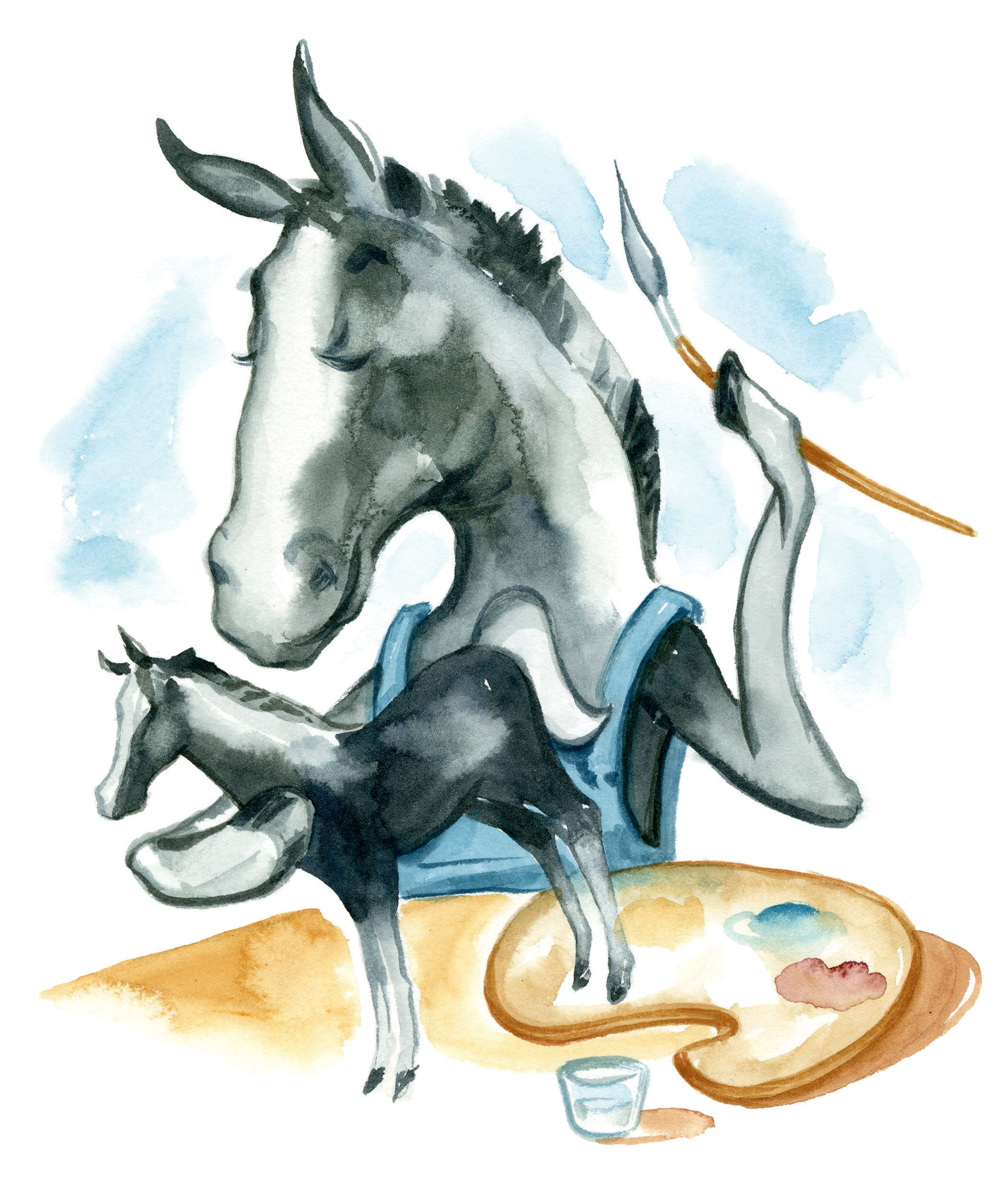
Tim Bower
MUSIC
Louisiana
Face the Music
“Let me tell you something about entertaining,” says Pat “Mother Blues” Cohen, a singer who moved to Spencer, North Carolina, after Hurricane Katrina drove her out of New Orleans. “When it’s high, it’s really high, and when it’s low…” She trails off. Her pause captures the plight of many roots, blues, and folk performers who struggle to pay the bills, find regular gigs, and promote their work. To support aging musicians through their day-to-day hardships, photographer Timothy Duffy founded the Music Maker Relief Foundation twenty-five years ago. To mark the anniversary, the Hillsborough, North Carolina–based foundation is presenting the tintype photography exhibition Timothy Duffy: Blue Muse (through July 28) at the New Orleans Museum of Art and will also display billboard-size images of musicians around the Crescent City all summer long. Duffy’s haunting tintypes—the first form of American photography, popular in the late 1800s—show the faces of many music makers, including Cohen, Ironing Board Sam, and Alabama Slim. The group is also hosting a free music series and released a Blue Muse photo book and album to complement the exhibit and raise funds. “When you’re an entertainer, you give everything to the people who come to see you,” Cohen says. “Music Maker gives back to us.” musicmaker.org
SPORTING
Maryland
Just Ducky
There was a time when duckpin bowling, a favorite Chesapeake Bay–area pastime, looked to be going the way of the yo-yo—dropping from 1,105 lanes in metro Baltimore alone in 1963 to just 33 regulation alleys in the world last year. The sport is played with a grapefruit-sized ball and nine-inch-tall pins, and, according to some accounts, was created around the turn of the century by two Baltimore Orioles players. After the sport’s midcentury heyday, the production of inventor Kenneth Sherman’s pinsetter machine ended in 1973, and tastes changed—the sport veered out of favor. But there’s reason to believe it isn’t in the gutter yet. Just ask Lisa Huber, a middle school teacher in Baltimore County who is also the number-one-ranked female duckpin bowler in the nation and has been playing Charm City’s favorite sport since she was three. “The only time I stopped was when I was pregnant,” she says. In the past decade, duckpin bowling has undergone a renaissance: Scavengers have purchased old setter equipment from defunct alleys; renovations have brightened Baltimore’s ninety-year-old Patterson Bowling Center; and fans have saved the nearby Parkville Lanes from closure. Lanes throughout the region now host players during summertime tournaments. New alleys are opening well beyond the mid-Atlantic state, says Laura Bowden, executive director of the National Duckpin Bowling Congress: “There are now even duckpin bowling centers in the Philippines and Argentina.” ndbc.org
FOOD
Mississippi
Land of the Delta Blues
On a 1980s trip to Memphis, singer Marc Cohn ventured about thirty miles south of the city, past the cotton fields along Highway 61 to Robinsonville, Mississippi, and its Hollywood Café, where Muriel Wilkins, a local schoolteacher, played the piano. Cohn joined her for a rendition of “Amazing Grace,” and thanks to the song he later penned, “Walking in Memphis,” the encounter was immortalized in a worldwide hit (“Now Muriel plays piano / Every Friday at the Hollywood,” he wrote). Since then, the roadside restaurant has earned legendary status, too, and this summer, it will celebrate its fiftieth anniversary. “People come from all over to see that piano,” says Bill Lee, who has owned the Hollywood since 2016. They come for the food, too: The Hollywood is said to be the birthplace of fried pickles. “One night, the cooks had been drinking and were looking for something to eat, so they got a jar of pickles and fried them up,” Lee says. “They’ve been here ever since.” The restaurant will party all year long and is planning a Fried Pickle Festival for August 17, when its musical and culinary roots will intersect with live bands and a pickle-frying competition. thehollywoodcafe.com
ANNIVERSARY
North Carolina
Bulled Over
When Wib Gulley, the former mayor of Durham, cofounded his law firm on Main Street in 1981, he used to tell clients, “Be careful after 5:00 p.m. because you don’t want to be hit by one of those big tumbleweeds rolling down the street.” Downtown Durham closed after business hours. “There was Raleigh, the state capital; there was Chapel Hill, the Southern part of heaven; and then there was Durham, the poor stepchild of the Triangle,” Gulley says. Once known as a tobacco and textile town, the city has in recent decades transformed into a thriving tech and academic hub. And as Durham marks 150 years since its incorporation, Gulley thinks there’s plenty to be proud of: It was home to both the first Southern mill to produce denim and hosts one of the most recognizable teams in minor-league baseball, the Durham Bulls. It welcomed the country’s first publicly supported liberal-arts college for African Americans, North Carolina Central University, and counts fashion icon André Leon Talley as a native son. That’s why the former city official isn’t missing a moment of the commemorative events, including Taste (June 26–30), a local food and wine celebration with a speakeasy pop-up and boozy brunches. And come Independence Day week, townies will flock to the baseball stadium for a fireworks extravaganza downtown—no tumbleweeds in sight. durham150.org
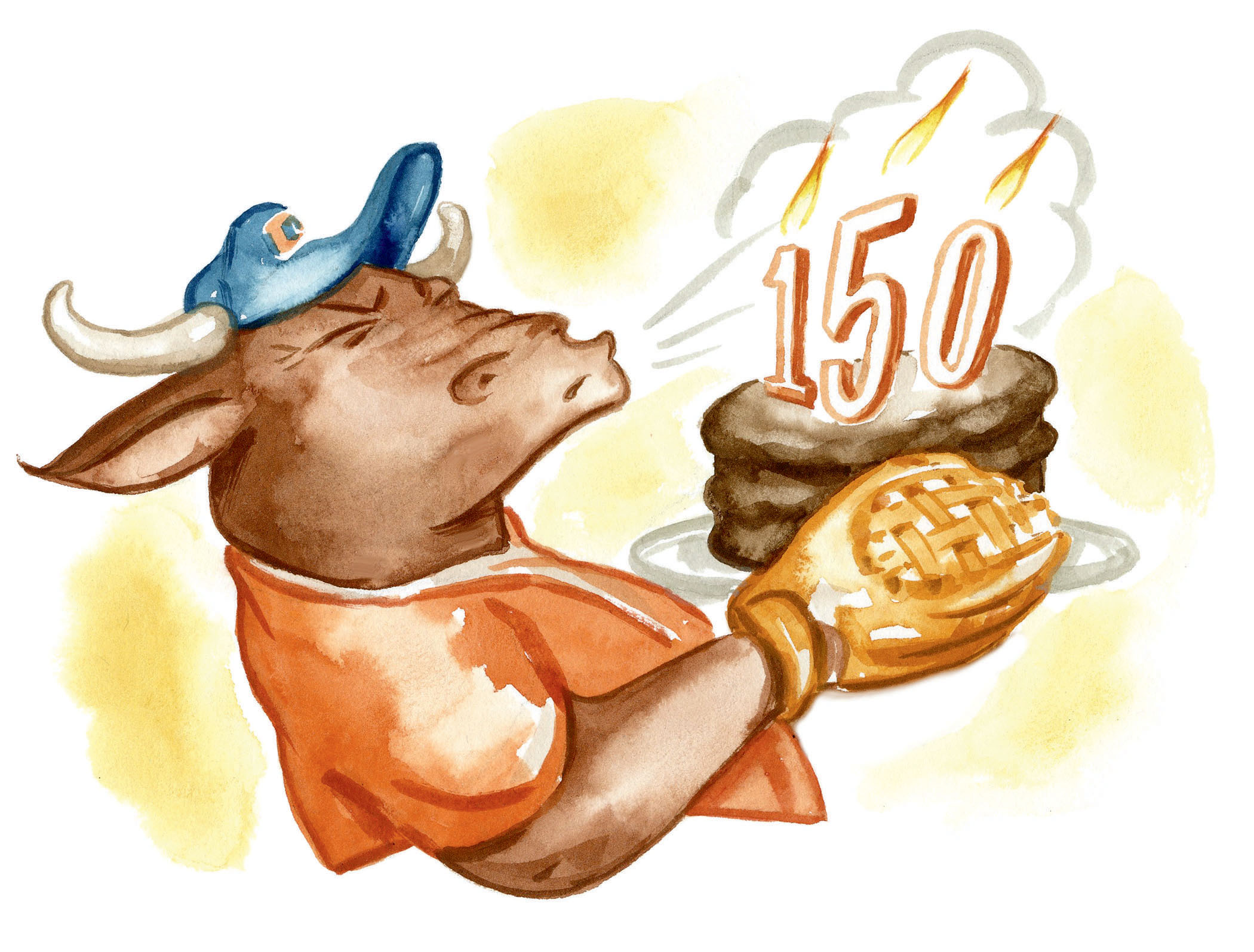
Tim Bower
STYLE
Oklahoma
Prairie Modern
In 1951, Life magazine called Oklahoma architect Bruce Goff “one of the few U.S. architects whom Frank Lloyd Wright considers creative.” Although history may remember Goff much less than his famous fan, his creative designs and the work of his students are highlights of the Oklahoma Modernism Weekend (June 14–16). In the 1940s after World War II, Goff led the architecture school at the University of Oklahoma, and students from all over the country enrolled. “You wouldn’t think Oklahoma would be on the architectural map at all, but thanks to Goff, we have a lot of architects who stayed here,” says Lynne Rostochil, a founding member of the Okie Mod Squad, a group of midcentury modern architecture enthusiasts who organize the weekend’s tours of homes, churches, and businesses around Oklahoma City. See the Prairie Chicken House in Norman, a chic wooden home shaped like a bird, and St. Patrick’s Catholic Church with its fifty monolithic concrete angels and glass-enclosed sanctuary. Rounding out the weekend: lectures, artist workshops, and a midcentury flea market for those on the hunt for a vintage Eames chair, a fanciful mobile, or a turquoise stand mixer. okcarchitecture.com
FOOD
South Carolina
Divine Dining
When blooming jasmine cascades over wrought-iron railings and Charlestonians can barely cross King Street without running into a Spoleto Festival performer in town for the city’s annual arts extravaganza, tearoom season is in full swing. Each spring, a handful of Holy City churches raise money by feeding ham biscuits, chicken salad sandwiches, and heavenly desserts not just to their own flocks, but to visitors, too. Second Presbyterian’s tearoom (May 24–26) serves an unforgettable tomato pie and supports mission trips, while St. Philip’s Church, earlier in the season, is known for its Huguenot Torte. Stop by the Grace Church Cathedral tearoom (May 27–June 7) and you may even hear Mayor John Tecklenburg’s joyful noise—he’s played the piano on the final day of the lunch service there every year since he took office in 2016. Food is what really draws the faithful, though. “All of our desserts are made by parishioners,” says Susan Cromwell, Grace’s tearoom chair. Thick slices of caramel and coconut cake arrive with a heavy dollop of homemade whipped cream adorned with a fresh orchid bloom. At the height of the event, the line runs out of the dining-hall door and down Wentworth Street, so it’s best to arrive a bit before the doors open at 11:00 a.m. Once you have a seat, there always seems to be enough. As Cromwell says, serving 350 people a day out of a church kitchen is “like the loaves and the fishes.” gracechurchcharleston.org
FESTIVAL
Tennessee
Match Made in Heaven
Laura Simmons wasn’t always involved in the annual RC-MoonPie Festival, in Bell Buckle, Tennessee. “I just happened to marry into the right family,” she says. Her in-laws had the genius idea, in 1995, to throw MoonPie, the Tennessee-made snack cake delicacy, a birthday party as a way to bring buzz to the five-hundred-person town between Chattanooga and Nashville. It was only natural to also honor Royal Crown Cola, which, paired with a MoonPie, became a Depression-era workingman’s lunch. Now the festival can draw crowds of twenty thousand, and this year’s twenty-fifth anniversary celebration on June 15 will feature a prize for the farthest- traveled attendee, the crowning of MoonPie royalty (which in the past has included Waylon Jennings and the Titans’ announcer Mike Keith), and a final presentation of the World’s Biggest MoonPie, Chattanooga Bakery’s four-foot-wide creation. Share a slice and then cool off—Simmons predicts the weekend will be a scorcher. “That’s why we set out trough tubs filled with ice and RCs,” she says. Around Bell Buckle, they’re still part of a balanced meal. bellbucklechamber.com
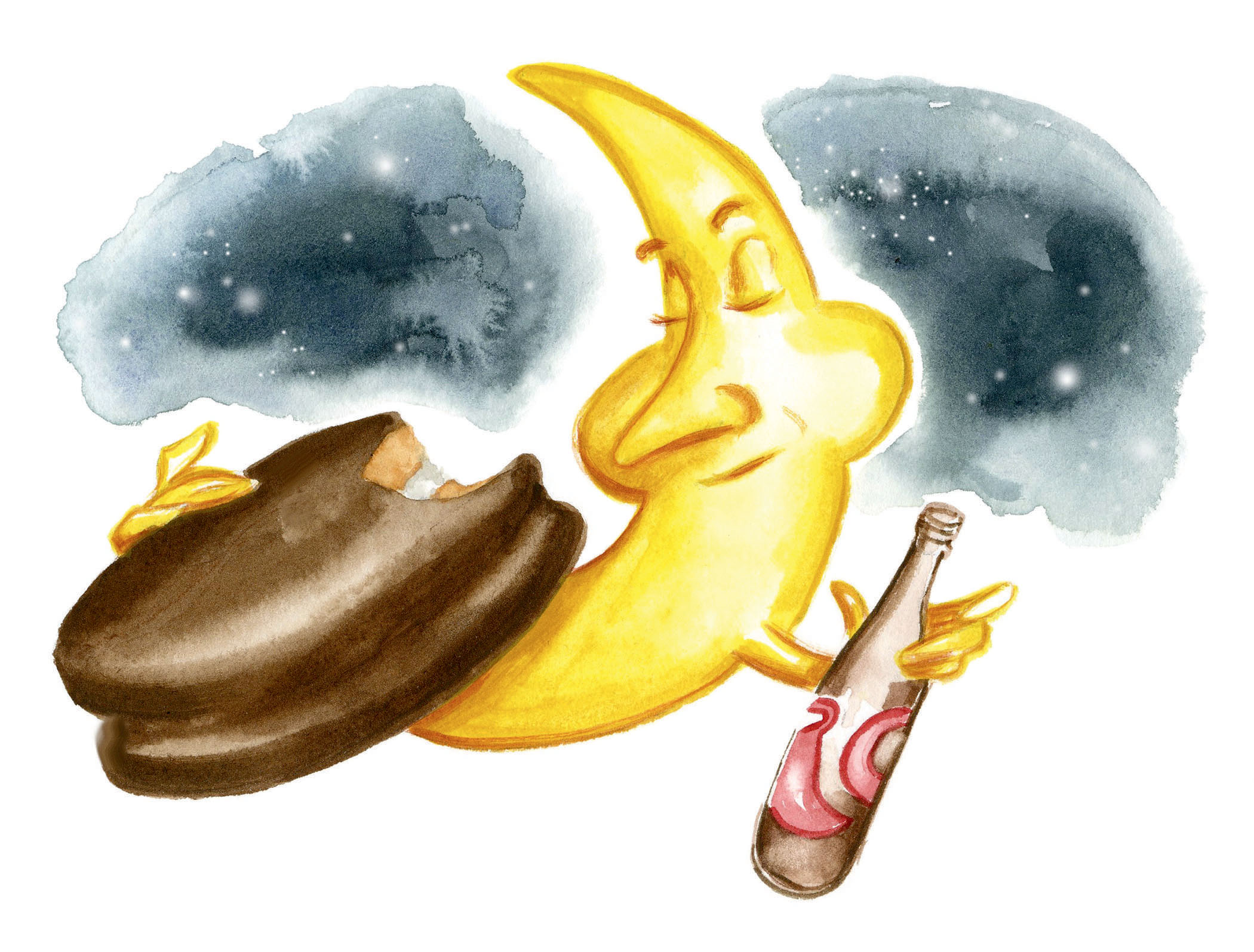
Tim Bower
EXHIBITION
Texas
Soft Diplomacy
When President George W. Bush and First Lady Laura Bush hosted politicians at the “Western White House,” their ranch in Crawford, Texas, barbecue and burgers frequently appeared on the menu. “We could have red checked tablecloths instead of linen napkins,” Laura Bush says. “I think it gave people, both the world leaders who visited there as well as George, a chance to get to know each other in a way you don’t have on a formal trip or a state visit.” First-family getaways are the focus of the new exhibition Presidential Retreats: Away from the White House (through October 6) at the George W. Bush Presidential Center in Dallas. The show includes vacation homes spanning George Washington’s Mount Vernon; Camp David in Frederick County, Maryland, where presidents work and rest; the Lyndon B. Johnson Ranch in Stonewall, Texas; and the Bush family retreats of Walker’s Point in Kennebunkport, Maine, and Prairie Chapel Ranch in Texas. Personal items such as Ronald Reagan’s aviator glasses, Jimmy Carter’s handwritten notes from Camp David, and LBJ and Lady Bird Johnson’s swimsuits are on display. Exhibition notes also include such anecdotes as the Bush family’s memories of sitting poolside with the Japanese prime minister Junichiro Koizumi and strolling across a field of wildflowers with German chancellor Angela Merkel. The Bush family used their retreat in Texas to showcase Southern hospitality on the world stage—and take a break from the hubbub of the capital. “There’s just great relief, really, in being briefly in a place where you can walk out the front door and go for a walk,” Laura Bush says. “When you’re at the White House, you just can’t do that.” bushcenter.org
ANNIVERSARY
Virginia
Her-Story
Woe to be a woman in the Virginia Colony in the seventeenth century. If you were English, the chances of even surviving the voyage to Jamestown were slim. If you were a Powhatan Indian, you lived with the fear of settler attacks. And if you were African, you were enslaved. Nevertheless, these women persisted, and their lives are the subject of the new exhibition Tenacity: Women in Jamestown and Early Virginia, at the Jamestown Settlement, part of a yearlong event series marking four hundred years since Virginia established the House of Burgesses, the first representative government in British North America. “We show objects from the Jamestown Rediscovery project like ceramic wares and mussel-shell beads, as well as artifacts from around the world like an unfitted jacket that pregnant women would have worn in the colonies,” says historian Nancy D. Egloff. The statewide anniversary includes other notable exhibitions, too—the Virginia State Capitol Visitor Center’s Great Charter and the General Assembly: Founding a Legacy in 1619, and, in Richmond, the Virginia Museum of History & Culture’s focus on the African American experience from 1619 to today in an exhibit called Determined, a fitting description for Virginians past and present. americanevolution2019.com
MUSIC
West Virginia
Mountain (State) Music
Although WWOV 101.1 FM’s terrestrial transmission covers only twenty square miles of West Virginia mountains, the Wheeling Jamboree, a long-running variety show on the station, has touched millions since it premiered for late-night listeners in 1933. After only three months on the air, the show had become so popular that it evolved into a live weekly midnight performance at Wheeling’s Capitol Theatre. Greats like Johnny Cash, Charley Pride, Tammy Wynette, Merle Haggard, and Loretta Lynn have performed. This summer, the organization will launch a new Waterfront Jamboree (July 17), a free concert at Wheeling’s Heritage Port amphitheater on the Ohio River, followed on July 20 by a performance headlined by country singer Lorrie Morgan, daughter of the late Jamboree cast member George Morgan, at the historic Capitol Theatre. Although now broadcast online for listeners around the globe, the music still feels like home, deeply rooted in the hills and hollers of West Virginia. wheelingjamboree.org




